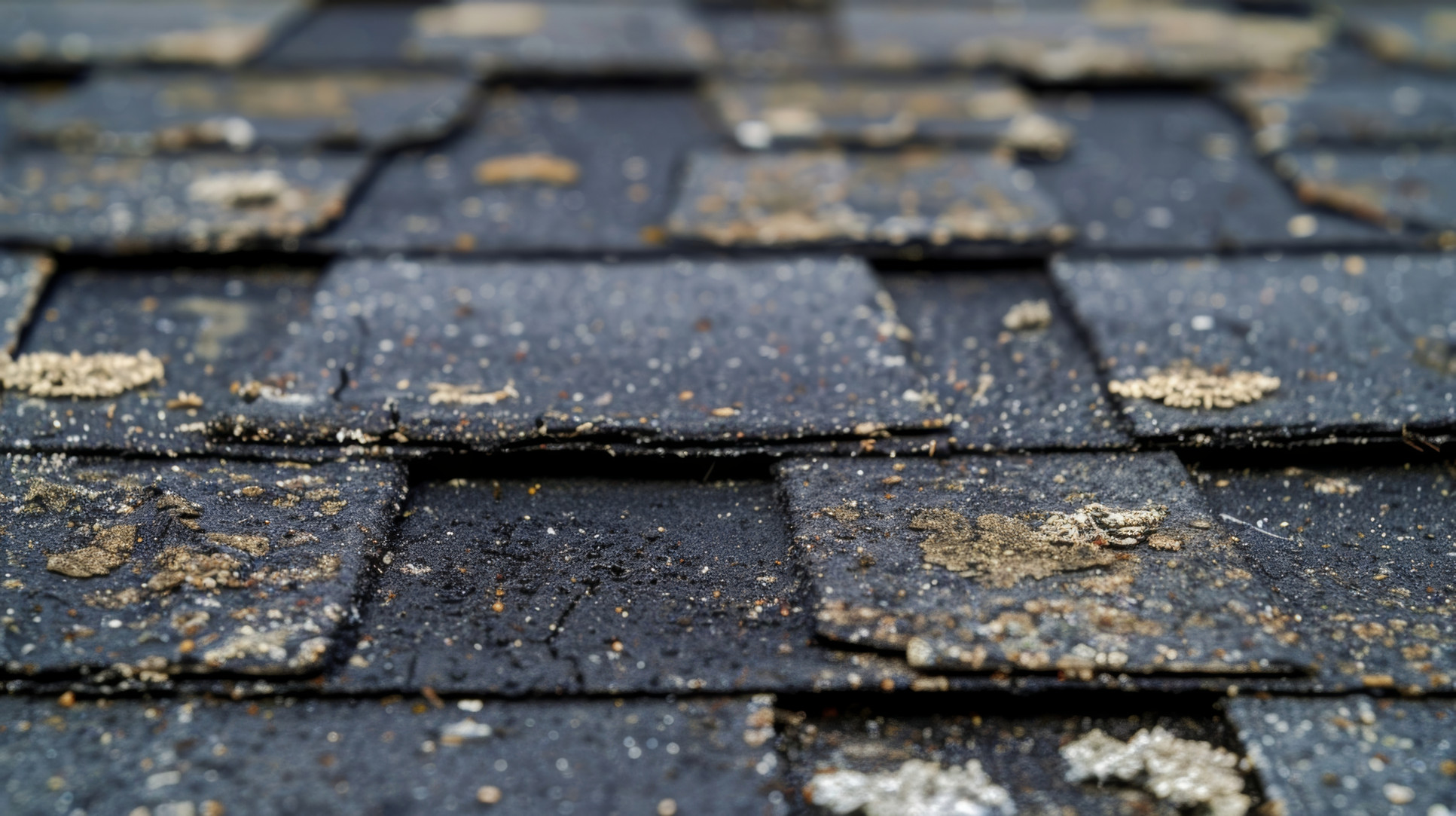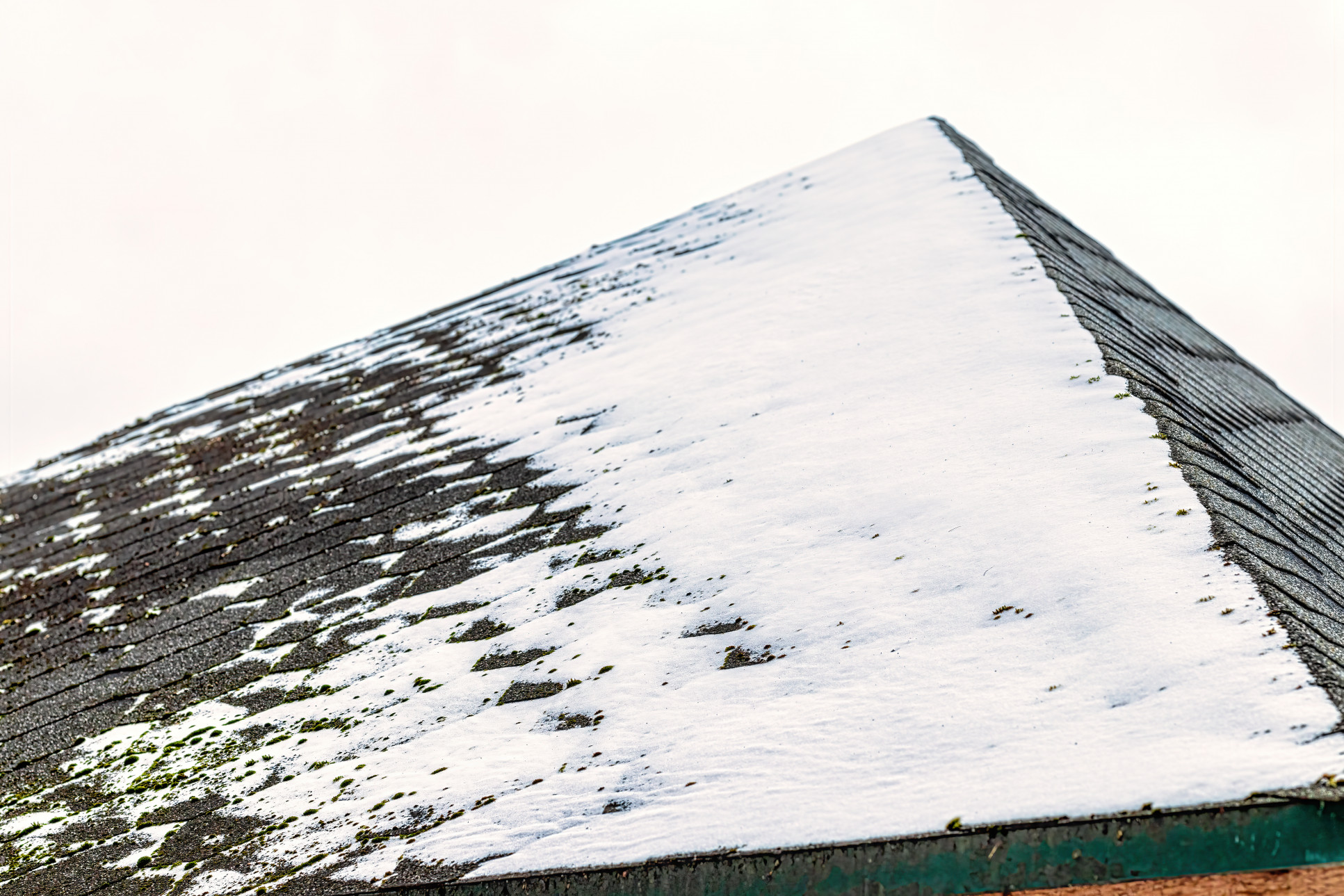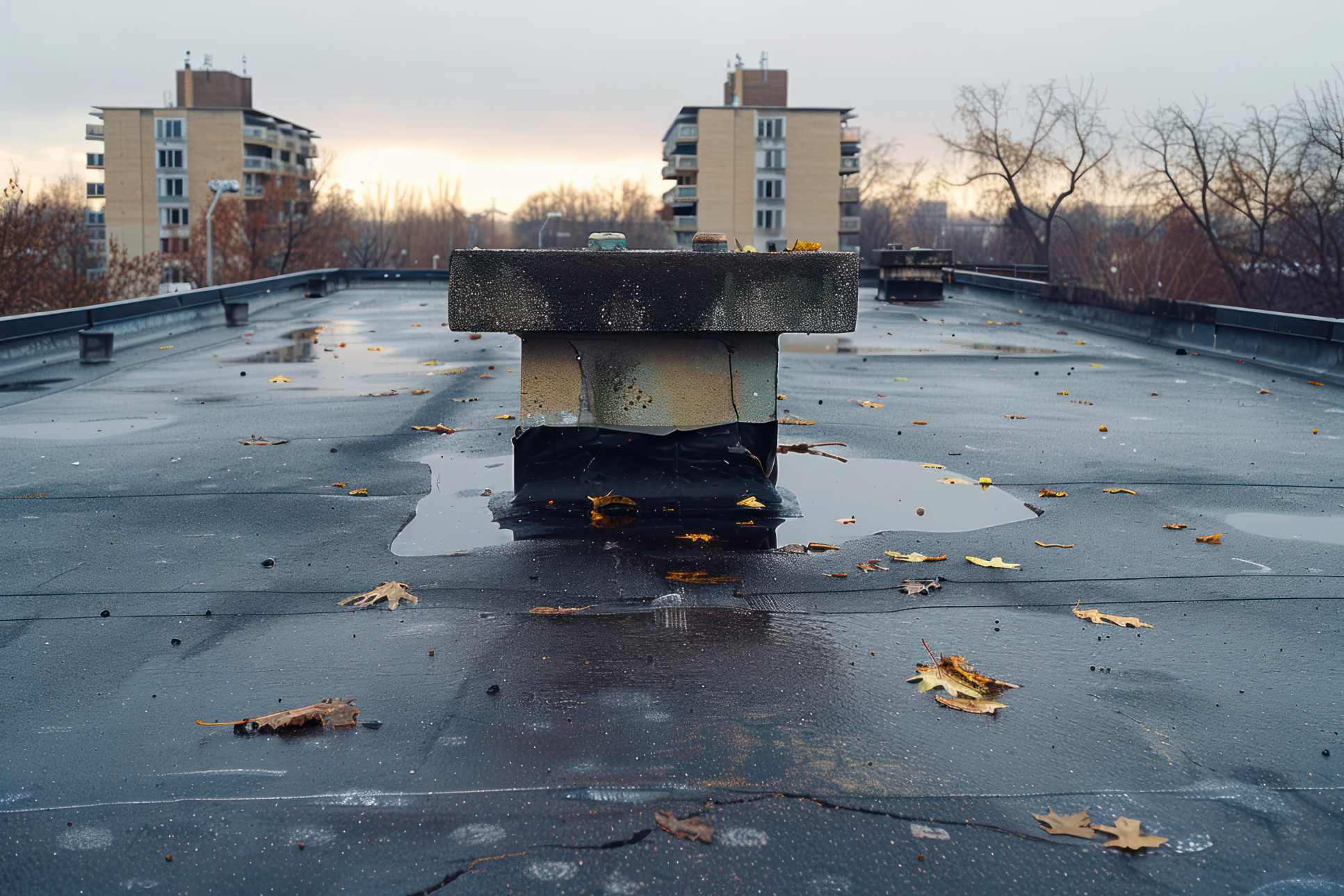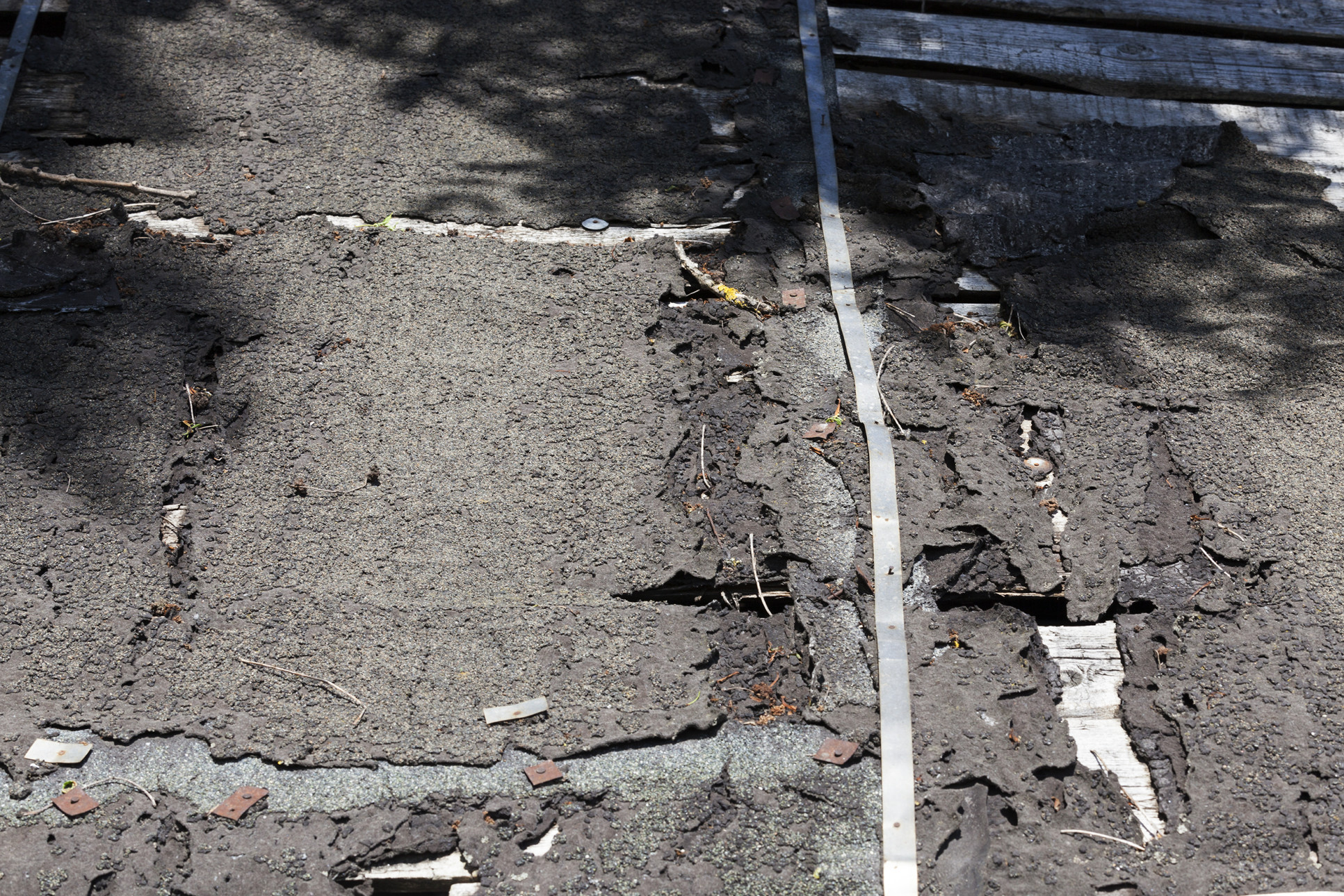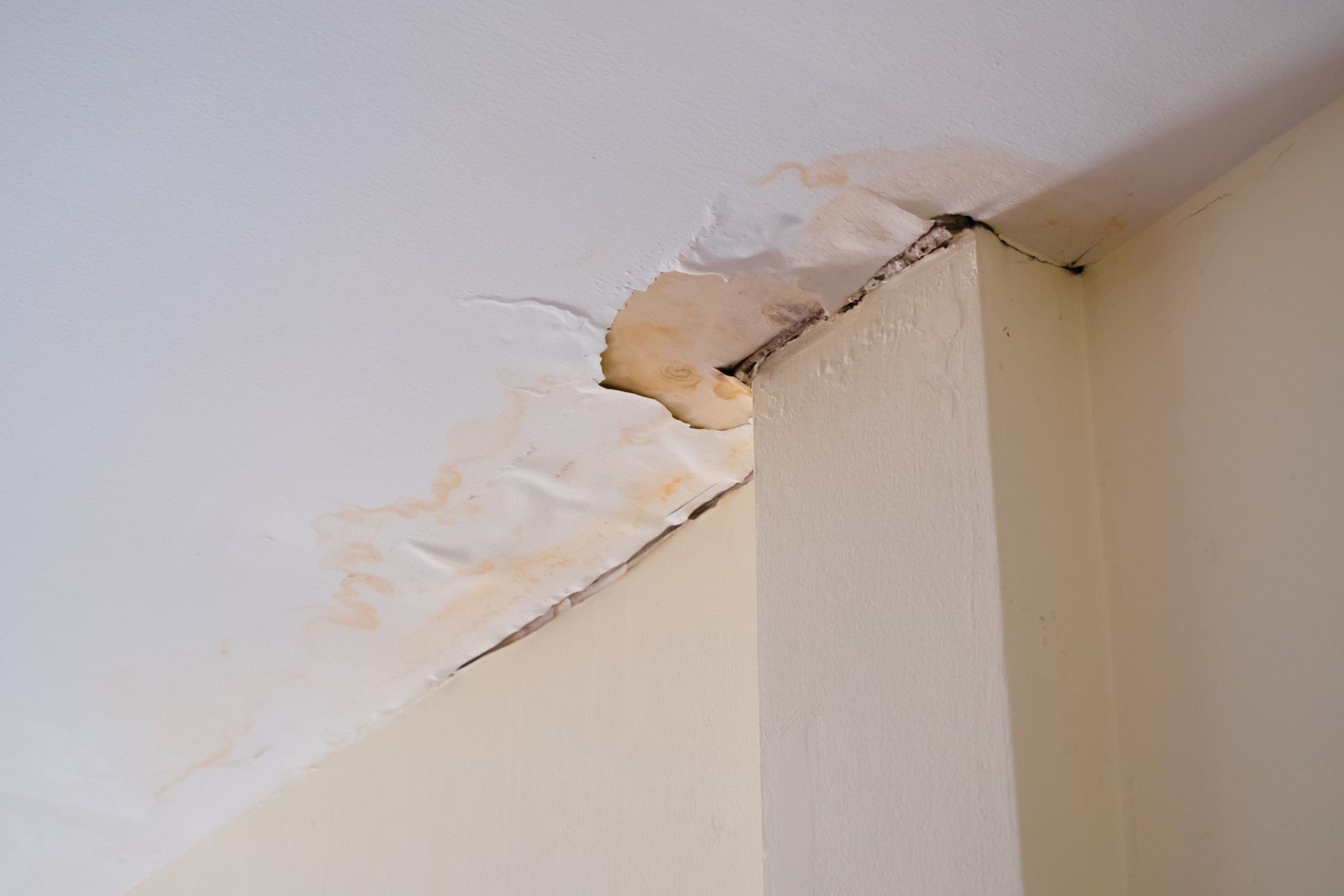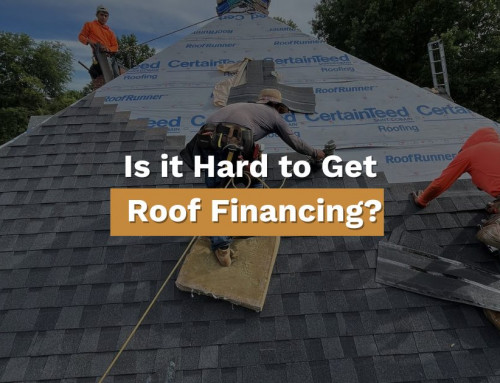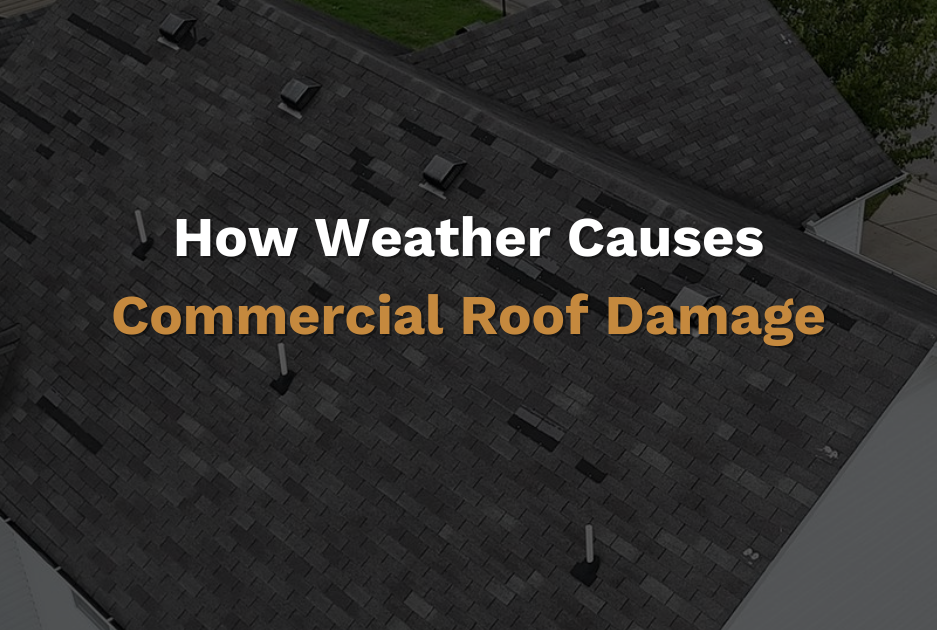
Highlights for Commercial Roof Damage
Weather plays a big role in the performance and lifespan of commercial roofs. Extreme conditions like heat, rain, snow, and wind can cause significant damage over time. The article breaks down how different weather factors such as sun, rain, snow, wind, and hail impact various types of commercial roofing systems. It also offers practical tips for preventing damage, like using reflective coatings, ensuring proper drainage, and installing wind-resistant materials. The key takeaway: regular roof inspections and maintenance are crucial to catch issues early and extend the roof’s life.
How Weather Causes Commercial Roof Damage
Your commercial roof plays a crucial role in protecting your commercial building, inventory, and operations from the elements. Weather can significantly impact the performance and lifespan of your roof, especially when it’s subjected to extreme conditions like heat, rain, snow, and wind. Understanding how weather affects your commercial roof system will help you take steps to maintain its integrity and avoid costly repairs down the road.
In this article, we’ll explore how different types of weather conditions can impact your commercial roof and offer practical tips on how to protect your investment.
1. Understanding Commercial Roofing Systems
Definition and Importance:
A commercial roofing system is a comprehensive solution designed to protect commercial buildings from environmental factors such as weather, foot traffic, and equipment installation. These systems include various components like membranes, insulation, and accessories, all working together to maintain the watertight integrity of the building. A well-designed and properly installed commercial roofing system not only prevents water damage but also helps reduce energy consumption and extends the building’s lifespan.
Types of Commercial Roofing Systems:
There are several types of commercial roofing systems available, each with its unique characteristics, benefits, and drawbacks. Here are some of the most common types:
-
Single-ply roofing systems: These include TPO, PVC, and EPDM membranes, known for their flexibility and ease of installation.
-
Modified bitumen roofing systems: These systems combine asphalt with polymerized rubber or plastic, offering enhanced durability and weather resistance.
-
Built-up roofing systems: Also known as BUR, these systems consist of multiple layers of bitumen and reinforcing fabrics, providing excellent waterproofing and longevity.
-
Metal roofing systems: Made from materials like steel, aluminum, and copper, metal roofs are highly durable and can withstand extreme weather conditions.
-
Asphalt shingle roofing systems: While more common in residential buildings, asphalt shingles can also be used in commercial applications for their cost-effectiveness and ease of installation.
When selecting a commercial roofing system, building owners and managers should consider factors such as climate, budget, and the specific needs of the building.
Common Commercial Roofing Materials:
Commercial roofing materials vary widely, each offering different advantages. Some of the most common materials include:
-
Thermoplastic olefin (TPO): Known for its energy efficiency and resistance to UV radiation.
-
Polyvinyl chloride (PVC): Offers excellent chemical resistance and durability.
-
Ethylene propylene diene monomer (EPDM): A synthetic rubber membrane known for its flexibility and weather resistance.
-
Modified bitumen: Combines traditional asphalt with modern polymers for enhanced performance.
-
Asphalt shingles: Cost-effective and easy to install, suitable for various commercial applications.
-
Metal roofing materials: Including steel, aluminum, and copper, these materials are known for their longevity and ability to withstand harsh weather conditions.
By understanding the different types of commercial roofing systems and materials, building owners and managers can make informed decisions that best suit their roofing needs.
2. Sun and Heat Damage to Commercial Roofing System
Impact:
Constant exposure to the sun and high temperatures can take a toll on your roof system. In warm climates like Tennessee, summer heat can be especially damaging. UV rays from the sun can break down roofing materials, making them brittle and prone to cracking over time. Additionally, as the roof heats up and cools down, the materials expand and contract, which can cause stress fractures, membrane failure, and loosened seams or fasteners, leading to leaks.
Signs of Heat Damage:
-
Cracking or blistering: Prolonged sun exposure can cause roofing membranes or materials to crack or form blisters.
-
Fading: UV rays may fade the color of the roof, indicating deeper structural issues.
-
Warping: Asphalt or rubber roofing materials may warp, creating weak spots that leave the roof vulnerable to further damage.
Prevention Tips:
-
Reflective coatings: Applying a UV-reflective roof coating helps to reduce the roof’s surface temperature by reflecting sunlight away, minimizing heat damage.
-
Regular inspections: Schedule routine inspections after periods of intense heat to catch any signs of damage early.
3. Rain and Water Damage
Impact:
Rain is another major weather factor that can affect your commercial roof, particularly in areas like Franklin, TN, where rainstorms are frequent. While roofs are built to repel water, repeated exposure can lead to water damage if not properly maintained.
Flat roofs, which are common on commercial buildings, are more prone to water pooling. When water isn’t properly drained, it can seep into cracks, seams, and fasteners, eventually causing leaks, structural damage, and mold growth.
Signs of Water Damage:
-
Ponding water: Water that pools on the roof for more than 48 hours suggests drainage issues.
-
Discoloration: Water stains on your building’s ceiling or walls are signs of a roof leak.
-
Mold or mildew: If mold or mildew is visible on the roof or inside the building, water is likely getting in.
Prevention Tips for Roofing Materials:
-
Ensure proper drainage: Keep gutters, drains, and downspouts clear of debris so water can flow off the roof effectively.
-
Adjust roof slope: If ponding water is a recurring problem, consider adjusting the roof slope or installing a tapered insulation system to promote better drainage.
-
Repair cracks and seams: Regularly inspect and seal cracks or gaps in the roofing membrane, especially around vents, skylights, and HVAC units.
3. Snow and Ice Accumulation
Impact:
Although Franklin doesn’t experience heavy snowfall like northern states, snow and ice can still create problems for your commercial roof during the winter months. Even a small amount of snow can add extra weight, which can stress the roof systems, especially on flat or low-slope roofs.
Ice dams form when snow melts and refreezes along the edges of the roof. This can cause water to back up under the roofing material, leading to leaks and water damage.
Signs of Snow and Ice Damage:
-
Sagging roof deck: A sagging roof is a sign that snow or ice may be putting too much pressure on the structure.
-
Leaks after snow melts: If you notice leaks in your building after snow melts, it could be due to ice dams allowing water to penetrate the roofing material.
Prevention Tips for Metal Roofing:
-
Snow removal: Safely remove excess snow buildup to prevent the roof from collapsing under the weight.
-
Ice dam prevention: Ensure the roof has adequate insulation and ventilation to minimize the risk of ice dams during freeze-thaw cycles.
-
Reinforced materials: Consider installing materials like metal roofing that are better suited for winter weather and can handle snow and ice more effectively.
4. High Winds and Storms
Impact:
High winds can cause serious damage to commercial roofs, particularly during the spring and summer storm seasons. Tennessee is no stranger to storms with strong gusts, which can lift and tear away roofing materials, dislodge fasteners, and create gaps that allow water to seep in. In extreme cases, entire sections of the roof may be ripped off.
Wind-driven debris, such as branches and loose objects, can also puncture or damage the roofing membrane, leading to more significant problems.
Signs of Wind Damage:
-
Loose or missing materials: After a storm, check for any shingles, tiles, or roofing membranes that may have come loose or blown away.
-
Punctures: Holes or tears in the roofing system may be caused by debris during a windstorm.
-
Interior water damage: Leaks or water stains inside the building following a storm could indicate wind damage to the roof’s protective layer.
Prevention Tips:
-
Secure roofing materials: Ensure that the roof is tightly fastened and all seams are sealed to prevent wind from lifting the materials.
-
Trim nearby trees: Remove or trim branches that could fall on the roof during high winds.
-
Use wind-resistant materials: Consider using wind-resistant roofing materials like reinforced membranes or metal panels, especially in areas prone to strong winds.
-
Consider installing standing seam roofing, which features interlocking vertical panels designed to ensure effective water drainage and minimize issues such as leaks and ponding.
5. Hail Damage
Impact:
Hail can cause significant damage to a commercial roof, particularly those with asphalt shingles, rubber membranes, or other soft materials. The force of hailstones can puncture, crack, or dent the roofing materials, making the roof more vulnerable to leaks and structural issues.
Even small hailstones can cause damage over time if the roof is already weakened by age or other weather conditions. Hailstorms are often unpredictable, so it’s important to be prepared for this type of weather.
Signs of Hail Damage:
-
Dents or divots: Hail can leave visible dents or depressions on the surface of the roof.
-
Cracked materials: Shingles, tiles, or membranes may crack or split after a hailstorm.
-
Granule loss: Hail can knock granules off asphalt shingles, leaving the underlying material exposed to UV rays and increasing the risk of leaks.
Prevention Tips:
-
Post-storm inspections: Always have the roof inspected after a hailstorm to identify damage early and make necessary repairs.
-
Impact-resistant materials: Installing impact-resistant materials, such as metal roofing or specially designed shingles, can help reduce the risk of hail damage.
6. Impact of Weather on Roofing Materials
Weather conditions can significantly impact the durability and lifespan of commercial roofing materials. Understanding these effects can help building owners and managers make better decisions about their roofing systems and maintenance practices.
Effects on Single-Ply Roofing Materials:
Single-ply roofing materials, such as TPO, PVC, and EPDM, are popular choices for commercial roofs due to their flexibility and ease of installation. However, they are not immune to weather-related damage:
-
UV Radiation: Prolonged exposure to UV rays can cause degradation and cracking of single-ply membranes, reducing their effectiveness and lifespan.
-
High Winds: Strong winds can lift and tear single-ply materials, leading to punctures and potential water infiltration.
-
Heavy Rainfall: Continuous exposure to heavy rain can cause water to seep through any existing cracks or punctures, leading to water damage and mold growth.
-
Extreme Temperatures: Fluctuations in temperature can cause single-ply materials to expand and contract, which may result in stress fractures and weakened seams.
Conclusion: Regular Maintenance is Key
The weather can have a significant impact on your commercial roof, and different conditions require different maintenance strategies. Whether it’s extreme heat, heavy rain, snow, ice, wind, or hail, understanding how these factors affect your roof will help you take preventive measures to extend its lifespan.
Regular roof maintenance and inspections are crucial to catching potential problems early. After severe weather events, it’s important to have a professional inspect your roof for damage before it turns into a costly issue. By staying proactive, you can protect your investment and avoid unexpected expenses.
If you notice any signs of weather-related damage, don’t wait. Contact a professional roofing contractor to assess the situation and make repairs before the problem worsens. At Five Points Roofing Company, we’re here to help you keep your roof in excellent condition, no matter the weather. Contact us today for more information on how we can assist with your commercial roofing needs. Schedule a free roof inspection.


